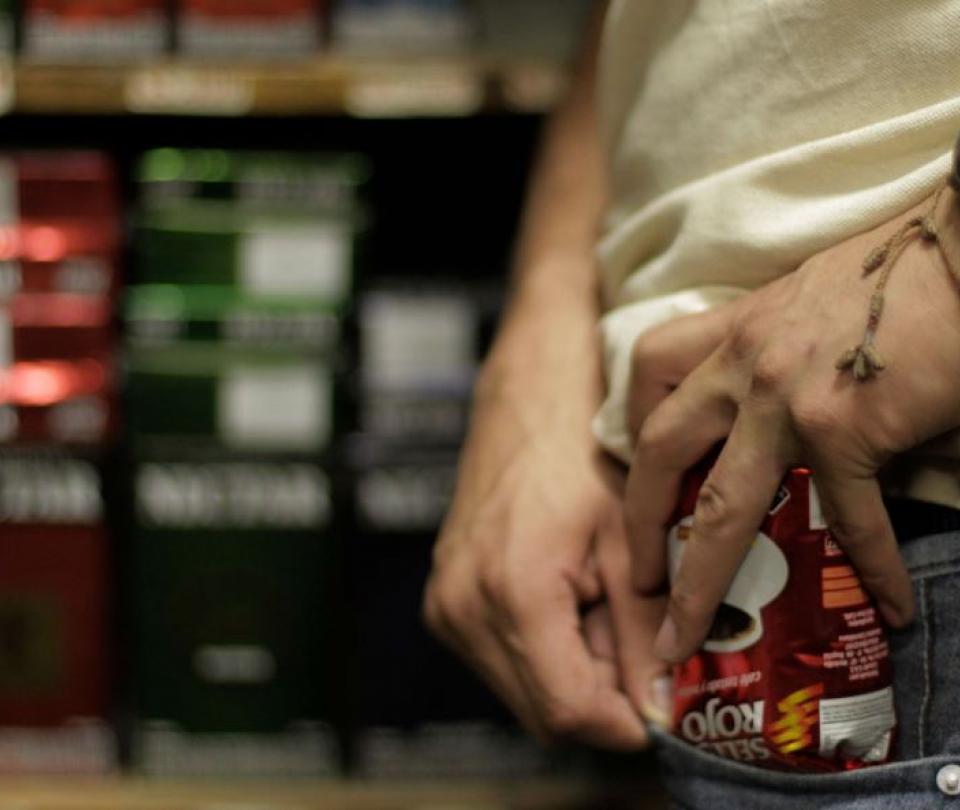Supermarket robberies increase both in number of cases and in value, according to the Loss Census revealed by Fenalco. The data corresponding to 2021 show that the e registered 34,150 cases of theft in large stores, 6% more than the previous year.
(These are the products that are stolen the most in supermarkets in the country).
The amount of losses for this cause amounted to $122,000 million$10 billion more than in 2020.
The union says that this is the photograph of the criminal activities carried out by external persons or groups and by some warehouse employees.
“In both modalities there is participation of gangs dedicated to this scourge, although an increase in the rate of perception of cases of robbery out of necessity was observed, after the harsh pandemic situation,” said the president of Fenalco, Jaime Alberto Cabal. There, an increase in these situations is detailed by 12%, when in 2020 it was 8% and in 2019 7%.
(‘Slaughter of pigs’, scam that consists of emotional manipulation).
The National Loss Census carried out by the consulting firm We Team, with the support of Sensormatic, was presented within the framework of Góndola, the most representative event of Latin American retail, which takes place in Cartagena.
The value of theft losses is within the general operating loss presented by large stores and that corresponds to the difference between the final theoretical inventory and the real one.
The thefts are in what is called unknown shrinkage. The other component is the known loss related to the deterioration of merchandise, waste and expiration dates.
The economic impact of the decline, known and unknown, according to the report amounts to $629,847 million, while in 2020 it was $565,094 million.
Likewise, it was established in this study that there are frauds in virtual stores. In 34% situations of this type were presented, which weigh 0.18% of sales.
THEFT DETAILS
“During the previous year, 20% of the decline (decrease in inventory) in warehouses and supermarkets in the country was due to theft modality. Some $35,000 million correspond to theft committed by officials or employees and $87,000 million belong to external theft”, affirmed the president of Fenalco.
By region, the increase in cases occurred on the Atlantic and Pacific Coasts, the Center of the country and the West. Only a slight decrease was recorded in the Colombian East.
The list of the 15 products that most attract the friends of others is headed by sweets in minigondolas, tuna / canned, soft drinks, liquors, meat products / cold meats, grains (lentils – rice), milk, personal hygiene items , digital (electronic) and drugstore / OTC products. (See attached graph).
According to the report, among the modalities of internal robbery stands out merchandise camouflaged in clothing or briefcases, other undetected, ATMs (merchandise that goes out, but is not billed), external complicity and consumption of food in the store.
The case of merchandise that does not enter, but is invoiced, putting on clothes from the warehouse and changing codes is also common. Regarding external theft, it is noted that the theft of merchandise in aluminum bags is common, which is used now that supermarkets do not deliver bags to customers.
BRIEFCASE








![[Img #74675]](https://thelatestnews.world/wp-content/uploads/2024/12/They-discover-a-new-class-of-X-ray-sources-in-the-150x150.jpg)



